11 Easy Ways to Stay Flexible as You Age

As you get older, it’s normal to notice some new aches and pains—but permanent damage, discomfort, or disability are by no means a foregone conclusion. Experts say there are several ways that staying flexible can help you feel your best in your body as you age. Not only will maintaining flexibility help prevent strain and injury, it will also help you rebound faster if an accident should occur.
“With age, our muscles and joints tend to stiffen up, but maintaining flexibility can be a key aspect of overall health and wellness,” explains Andrew White, CPT, a certified personal trainer and the owner of Garage Gym Pro. The key is establishing a practice you can stick to, and gently pushing your limits to increase flexibility and mobility with time.
Ready to get started? Read on to learn the 11 best things you can do for better flexibility, starting today.
RELATED: Silent Walking Is the Latest Wellness Trend Everyone’s Talking About.
1
Try dynamic stretching.
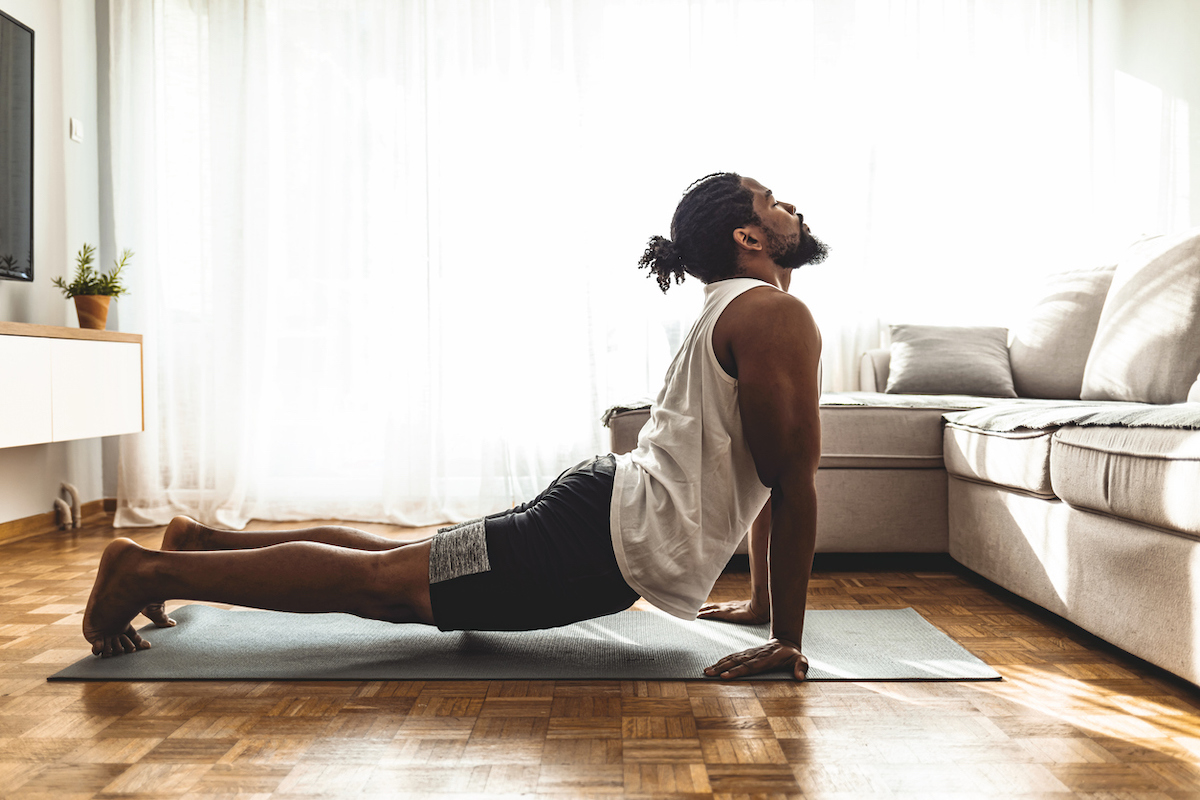
Combining stretching and gentle movement exercises can greatly increase your flexibility as you age. It can also promote agility, muscle control, and body awareness, which can help prevent injury.
“Dynamic stretching is a form of stretching that involves moving parts of your body and gradually increasing your reach and speed of movement. For instance, leg swings or arm circles can get your blood flowing and prepare your muscles for a workout,” explains White. “This type of stretching not only improves flexibility but also helps with balance and coordination, which are crucial as we age,” he adds.
RELATED: How Yoga Can Boost Your Sex Life, According to Experts.
2
Add breath work to your stretching.
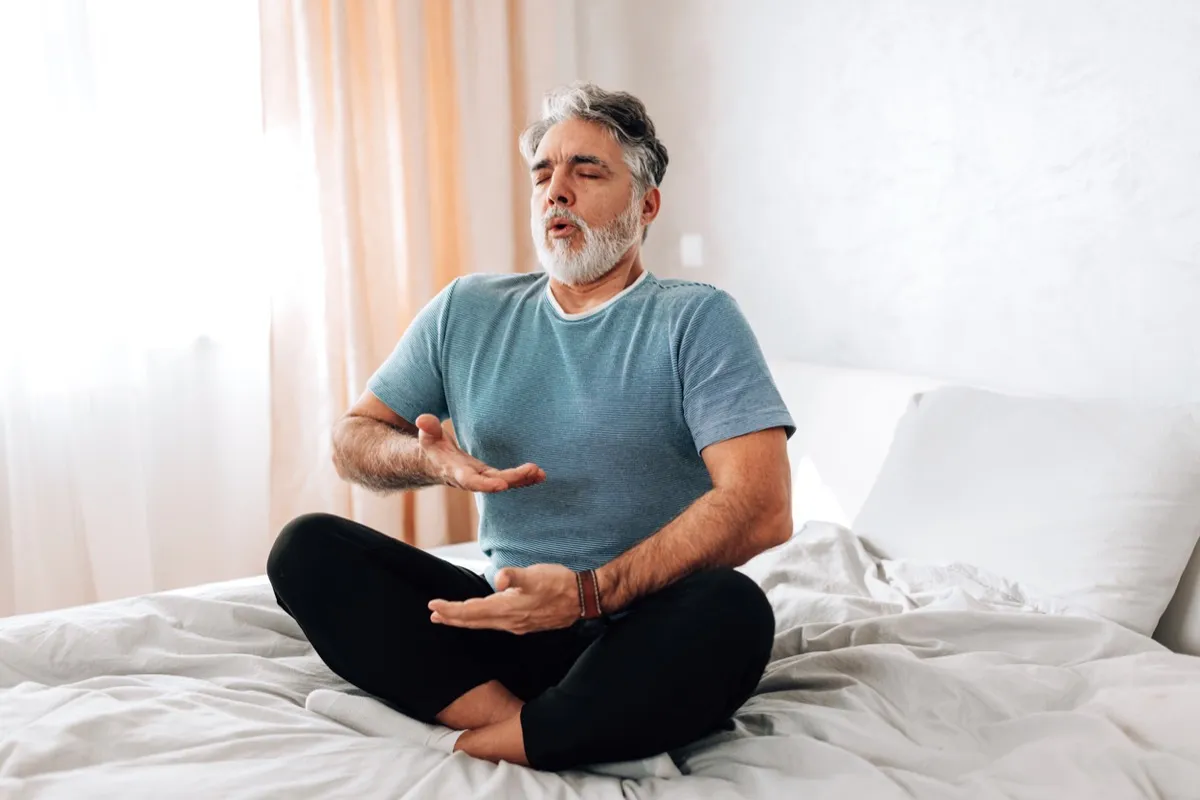
Incorporating focused breath work into your stretching routine can help you relax more deeply into various positions, while also calming your nervous system. Bayu Prihandito, a life coach, RYT 200 Certified Yoga Teacher, and founder of Life Architekture, recommends adding synchronized breath work any time you do dynamic stretches.
“For example, when doing a hamstring stretch, inhale as you extend your leg and exhale as you bend it. This helps improve your flexibility and also enhances your lung capacity and mental focus,” he says.
3
Build a regular yoga or pilates practice.
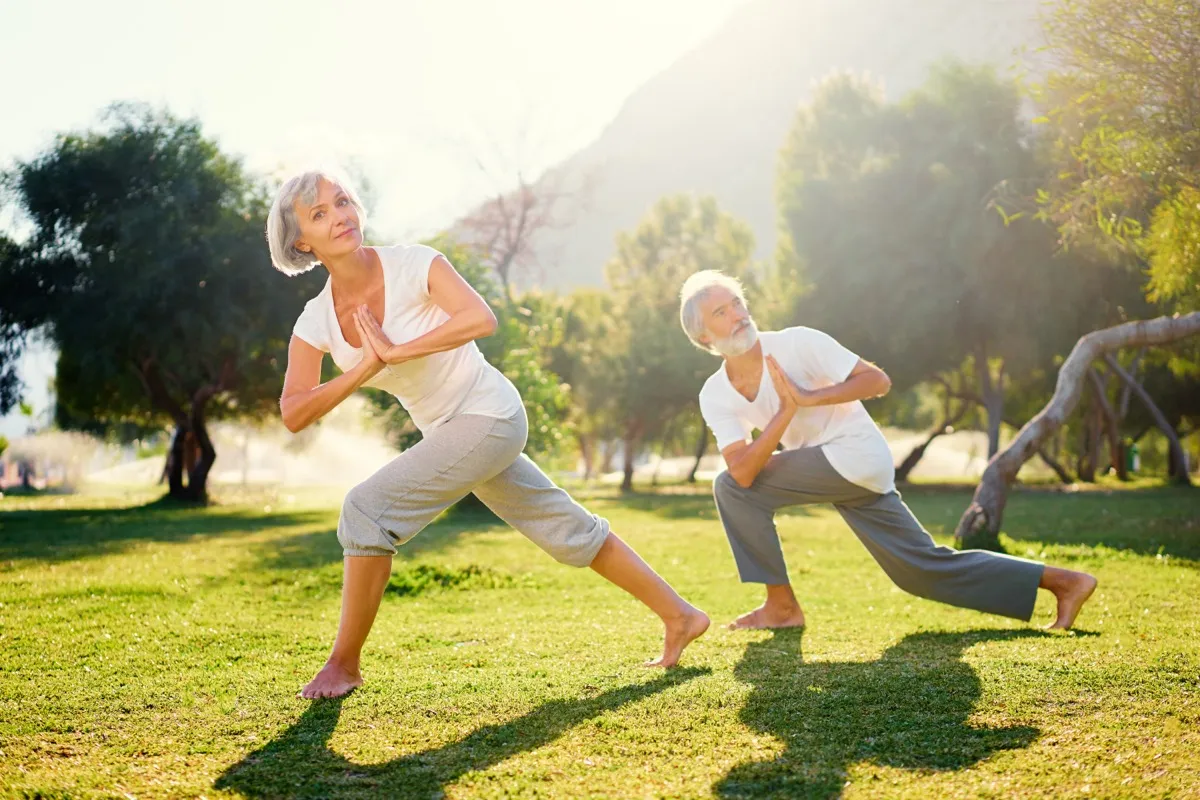
According to White, yoga and Pilates are both excellent ways to improve your flexibility and core strength. “As we age, it becomes even more essential to focus on our core to maintain good posture and balance. Both these practices offer a variety of poses that focus on flexibility, balance, and core strength. Try to attend at least one class per week, or if you’re more comfortable at home, there are plenty of online resources available,” he tells Best Life.
Nancy Mitchell, RN, a registered geriatric nurse and a contributing writer at Assisted Living, agrees that establishing a regular pilates practice is excellent for the aging body because it is low-intensity, but still efficient in strengthening the muscles. “Not only does it help stabilize joints, it also helps keep them lubricated, for smooth movement even as you get older. The more lubricated they are, the more freely you’ll be able to move,” she says.
RELATED: 6 Things You Should Never Eat or Drink on a Plane If You’re Over 60.
4
Use props.
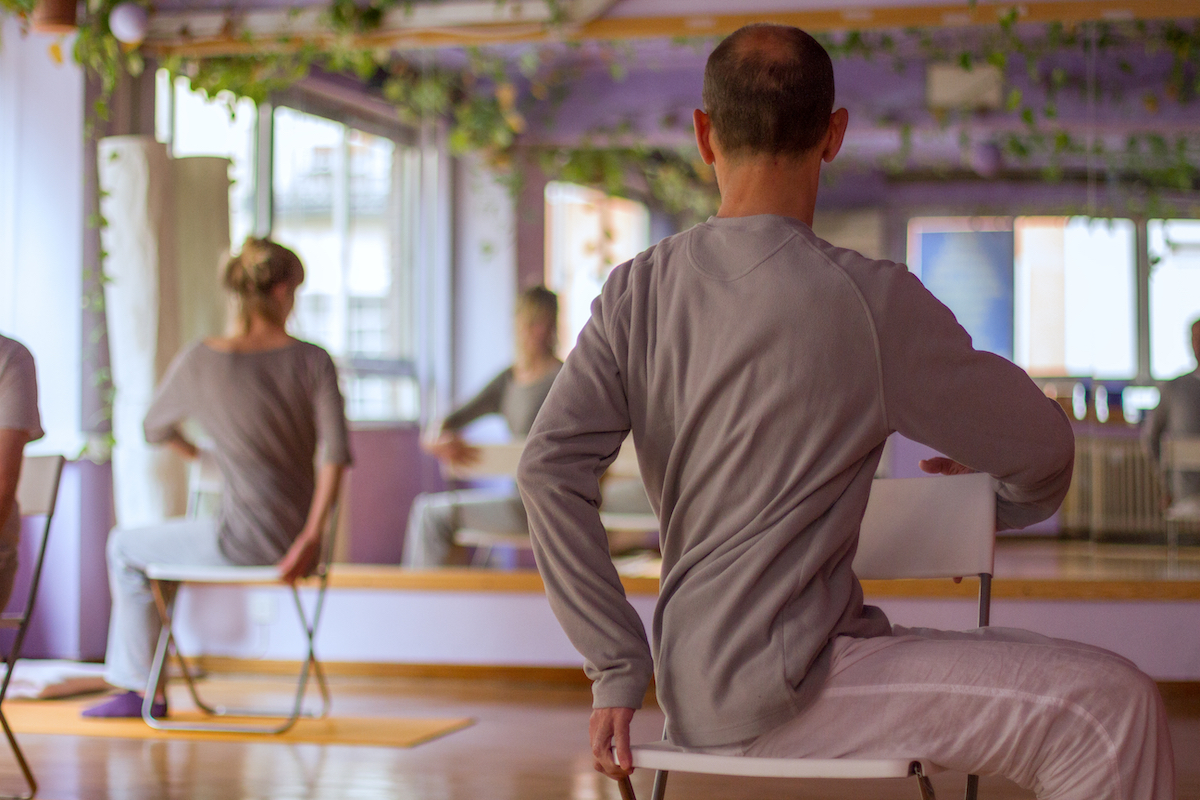
The experts also recommend using props whenever you exercise or stretch. Prihandito suggests using yoga straps or even a hula hoop to make your stretching routine more engaging and fun. “This keeps your mind interested and your body guessing, which in practice can actually improve your range of motion over time,” he says.
White adds that trying a foam roller or sturdy chair can also help you ramp up your stretching routine. “Props can make stretching more accessible, especially if you’re dealing with limited flexibility,” the trainer tells Best Life.
5
Turn up the heat.
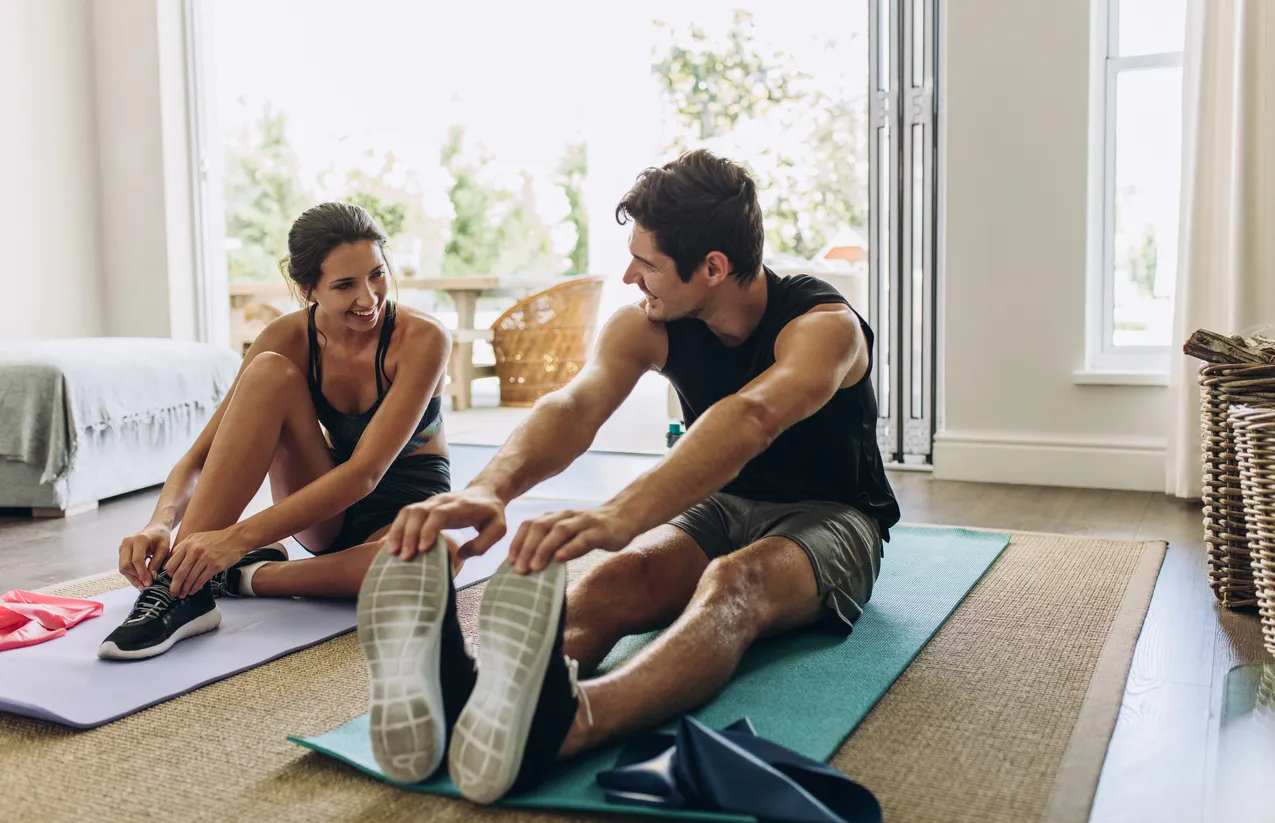
You don’t have to sweat it out in a hot yoga class to use temperature to your advantage while stretching. The experts say that turning up the heat to a warm but still comfortable level can relax your muscles and make them more pliable.
“Think of our muscles like rubber bands; they stretch more easily when warm. Taking a warm shower before stretching can make a significant difference, and avoid potential injuries too,” says Prihandito.
RELATED: 6 Signs You Aren’t Drinking Enough Water, According to Doctors.
6
Focus on consistency over intensity.
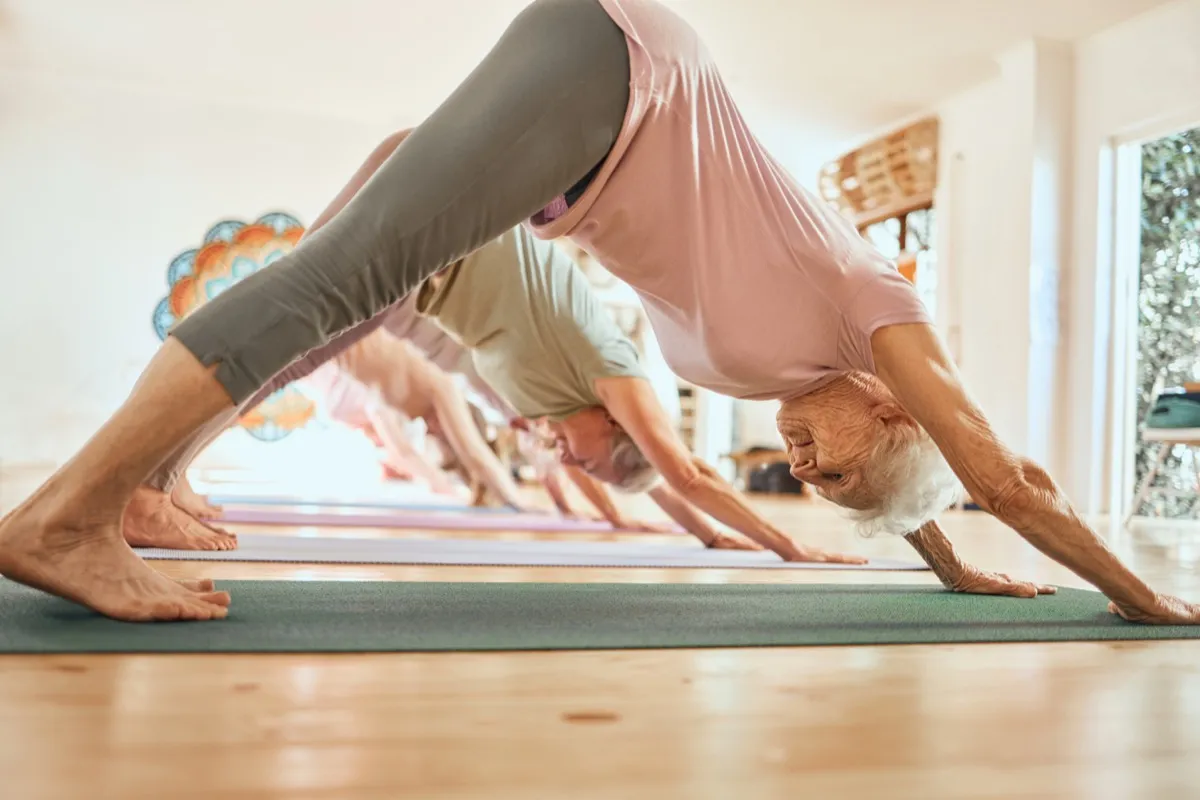
Leaning into a new workout routine can sometimes do more harm than good—especially if you’re not listening to your body and acknowledging your limits.
“One common mistake people make is thinking that they need to push hard every single time they stretch,” White warns. “But the key to maintaining flexibility is consistency. Aim for a regular stretching routine, even if it’s just for a few minutes each day. Over time, those minutes add up and can make a significant impact on your flexibility,” he says.
7
Hydrate and mind your diet.

What you put into your body is just as important as how you move it. White recommends making a point of staying adequately hydrated and eating a well-rounded, plant-focused diet. “A balanced diet rich in anti-inflammatory foods can also contribute to maintaining flexibility. Foods like berries, nuts, and fatty fish can help keep inflammation at bay, making it easier for you to move freely,” he says.
Allen Conrad, BS, DC, CSCS, a chiropractor for Montgomery County Chiropractic Center in North Wales, PA, seconds this approach. “Research has shown that omega 3 fatty acid levels can help prevent inflammation. When muscles get sore from inflammation, you shorten your stride when walking. Proper dietary changes can help prevent inflammation and promote flexibility,” the doctor notes.
RELATED: Silent Walking Is the Latest Wellness Trend Everyone’s Talking About.
8
Establish a mind-muscle connection.
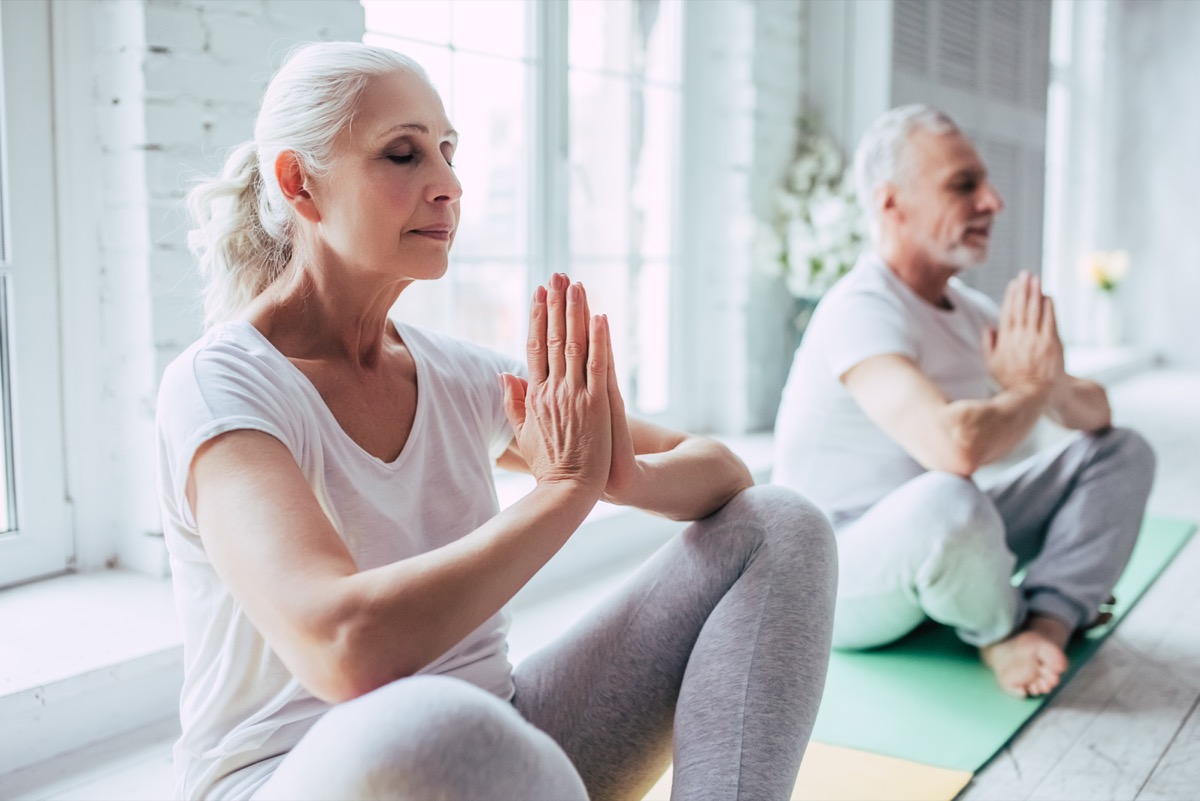
Prihandito says that practicing mindfulness with visualizations can go a long way in helping you reach your physical goals.
“When stretching, visualize the muscle fibers elongating and contracting. This mental image will not only improve your stretching routine but also deepen your mind-muscle connection, making each stretch more effective,” the yoga instructor says.
9
Get professional guidance.
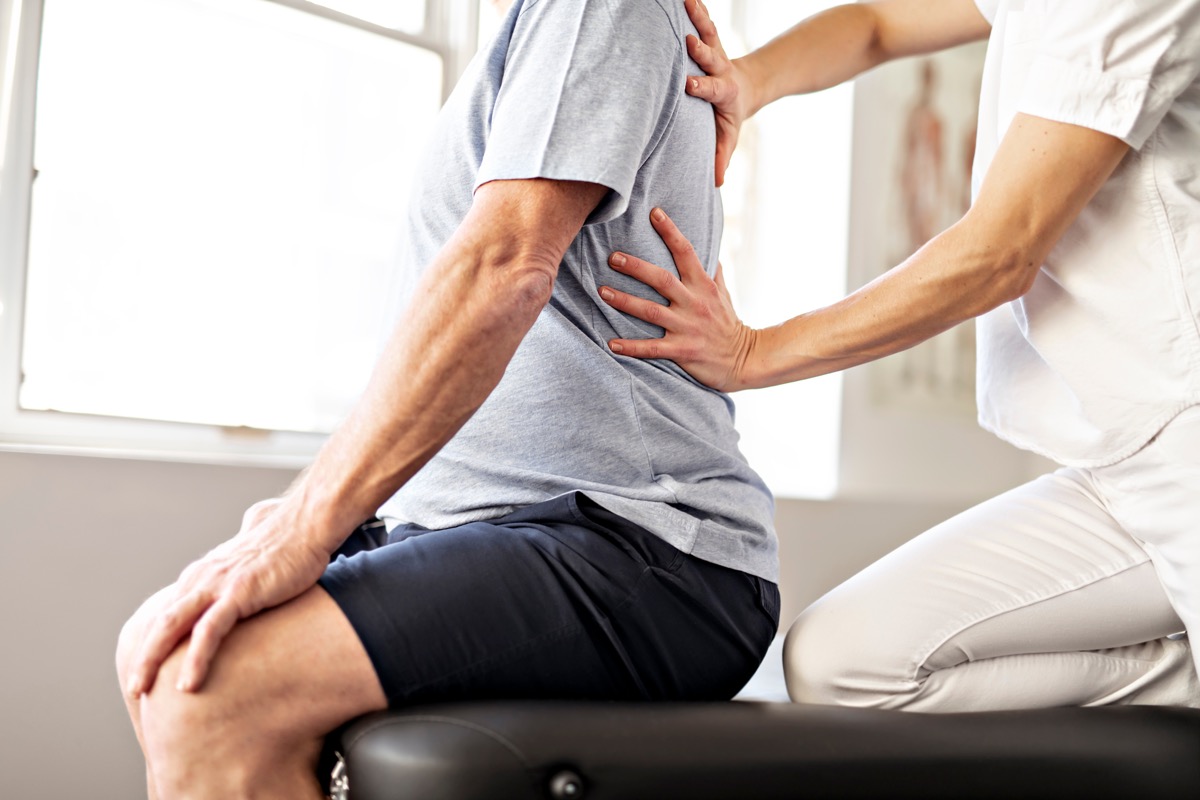
If you’re not sure where to start or you want to take your flexibility to the next level, White says that it pays to work with a certified personal trainer who can tailor a stretching routine to meet your specific needs. “As a personal trainer myself, I can vouch for the effectiveness of a customized program,” he says.
Conrad adds that meeting with a chiropractor can help you avoid injury and improve chronic pain which may prevent you from exercising. “When your back goes out of alignment, it will pull on your muscles. By getting a chiropractic adjustment, you can help with posture and flexibility. This will allow proper range of motion when trying to stretch, and also help reduce injuries when exercising,” he says.
10
Add water.
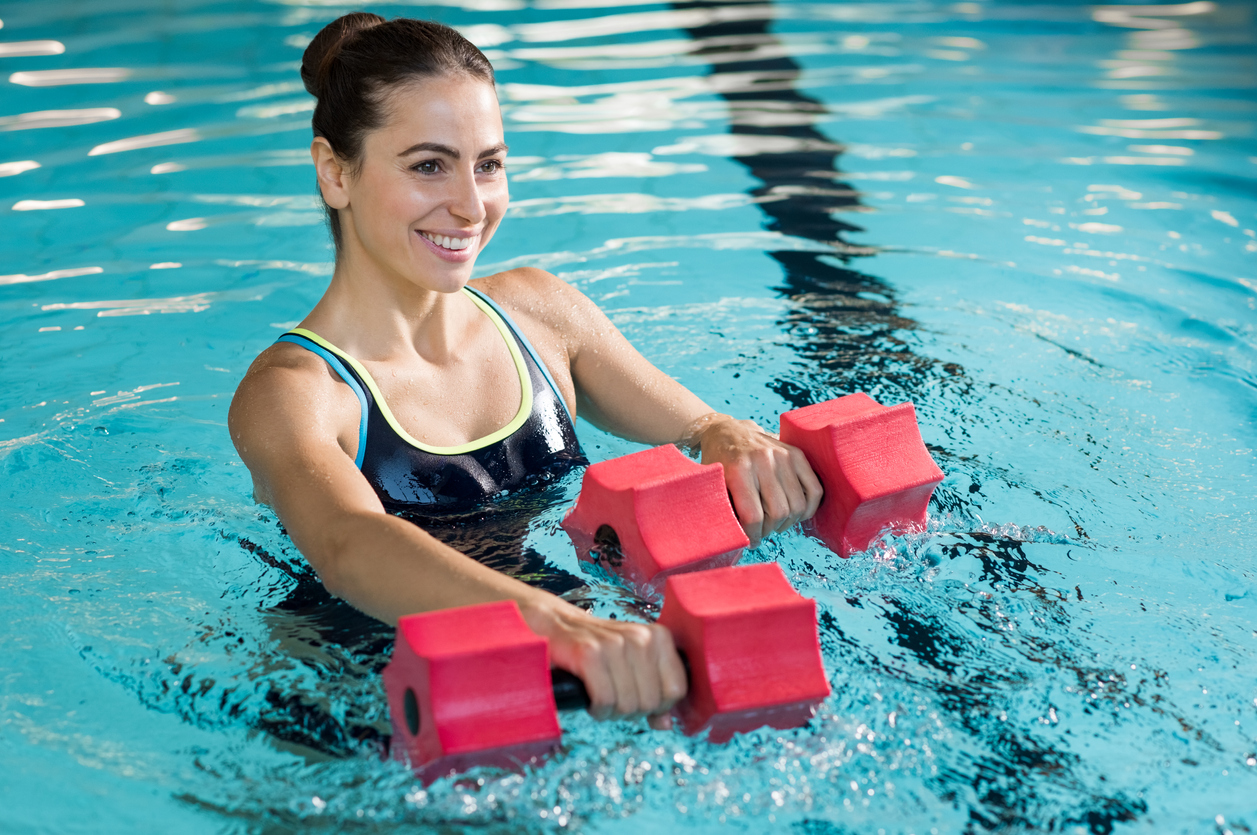
If you find that your discomfort is too great or you’ve already sustained a joint or muscle injury, you can get back on track by exercising in water. Swimming, water walking, and aqua-aerobics are all especially effective low-impact ways to build up your strength at the pool.
“Aquatic therapy helps reduce the amount of pressure on your sore and arthritic joints,” Conrad says. “Exercising in the pool can help improve flexibility and reduce injuries,” he notes.
11
Try massage therapy.

Though exercising and stretching are good for you in the long run, both can leave your muscles feeling overworked and overtired. Massage therapy can help your aching muscles rebound so you’re ready for your next workout or stretch.
“Regular massage therapy treatments can help reduce muscle stiffness, which in turn allows proper muscle function and flexibility. Get a massage to help reduce muscle soreness setbacks,” advises Conrad.
For more wellness tips sent directly to your inbox, sign up for our daily newsletter.